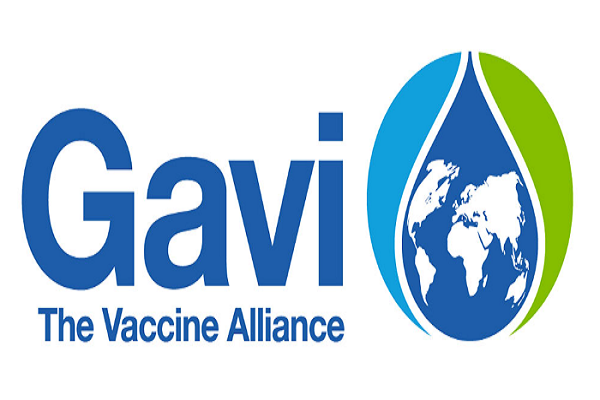Over One Million Lives Saved Through HPV Vaccination, Gavi Reports
A global drive to expand access to the HPV vaccine has prevented more than one million cervical cancer deaths and protected an estimated 86 million girls across lower-income countries, Gavi, the Vaccine Alliance, has announced. The milestone coincides with the first-ever World Cervical Cancer Elimination Day and marks the early achievement of Gavi’s ambitious 2023–2025 target.
By the end of 2025, the HPV vaccine will be available in countries representing 89% of the global cervical cancer burden, marking a dramatic advance in global health equity.
Dr Sania Nishtar, CEO of Gavi, hailed the achievement as a defining moment in women’s health. “Every two minutes, a woman dies from cervical cancer – a disease that is both devastating and largely preventable,” she said. “Thanks to unprecedented commitment from countries, communities and partners, we have reached our goal ahead of schedule, saving lives and accelerating progress towards eliminating one of the deadliest diseases affecting women.”
Cervical cancer disproportionately affects lower-income countries, which accounted for 90% of the 350,000 deaths recorded in 2022. Limited screening, inadequate treatment services and inequitable vaccine access have contributed to persistently high mortality.
The HPV vaccine, however, is proven to be highly effective—preventing 17.4 deaths per 1,000 children vaccinated.
When Gavi first launched its HPV programme in 2014, vaccine access was extremely limited. Coverage in Africa, one of the most severely affected regions, stood at just 4%. Challenges ranged from supply shortages to limited delivery infrastructure and low awareness among communities.
Between 2014 and 2022, Gavi-supported vaccination campaigns protected more than 13 million girls, yet global uptake remained low—14% worldwide and 15% in Africa.
In 2023, Gavi committed to revitalising the HPV programme with a bold target: vaccinate 86 million girls by the end of 2025. Through coordinated efforts with national governments, civil society, partners and manufacturers, this target has been met ahead of time.
By the end of 2024, HPV coverage in Africa had climbed to 44%, surpassing the 38% recorded in Europe. Coverage across all Gavi-supported countries rose to 25%—up from 8% in 2022.
The programme has also delivered significant financial benefits. Between 2014 and 2024, HPV vaccine rollout generated US$ 2.32 billion in economic gains, driven by reduced treatment costs and increased productivity due to improved health outcomes.
Gavi’s ability to secure affordable supplies was central to the programme’s success. Through market-shaping strategies, it reduced vaccine prices for lower-income countries to US$2.90–US$5.18 per dose, compared with upwards of US$100 elsewhere. Manufacturers were incentivised to increase supply through guaranteed volume commitments.
Partnerships also helped governments plan for nationwide campaigns and strengthen data systems to reach adolescent girls effectively. A major breakthrough came in 2022 when the WHO endorsed a single-dose schedule, enabling countries to protect twice as many girls with existing supply.
Building on current momentum, up to seven additional countries are expected to introduce the HPV vaccine into their national immunisation programmes in the coming months. Large-scale campaigns in Sierra Leone and Liberia this week are extending protection to girls up to 18 years old, ensuring those previously missed are now reached.



